Tolling
Kapsch TrafficCom state-of-the-art solutions for toll collection keep traffic flowing optimally across your network.
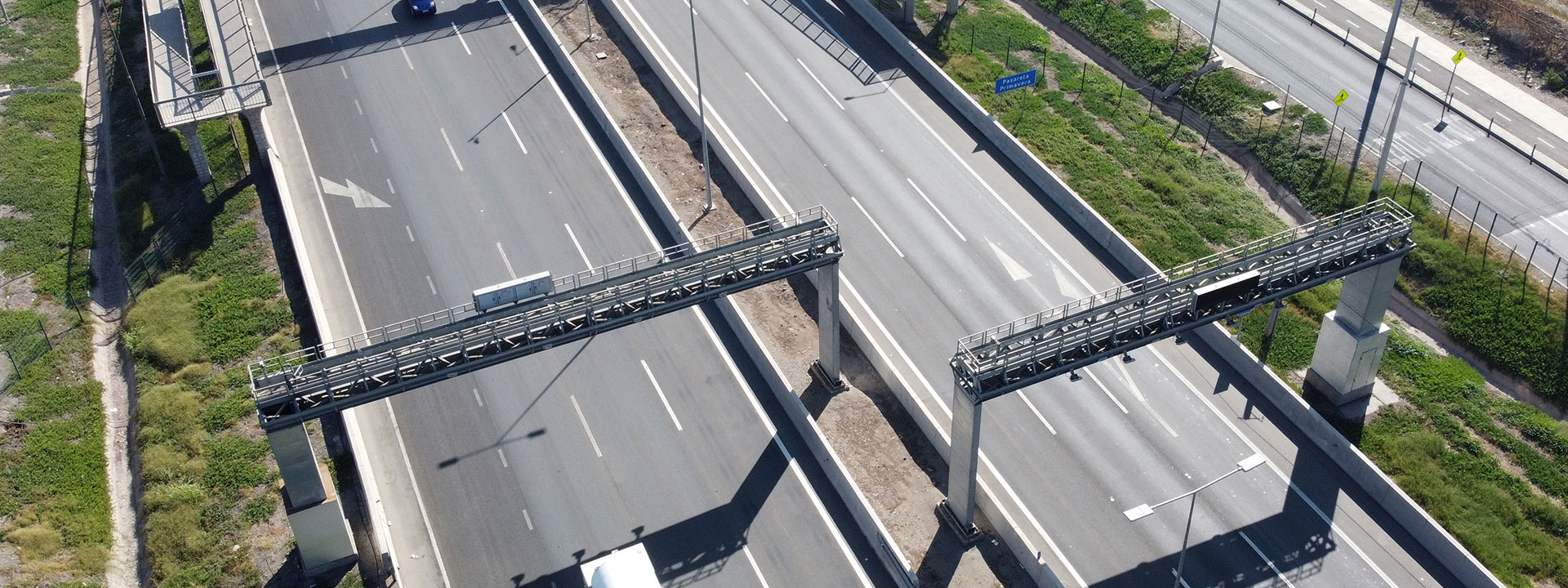
Kapsch TrafficCom state-of-the-art solutions for toll collection keep traffic flowing optimally across your network.
Across the world our solutions are uniquely addressing the challenges of sustainability, traffic congestion and urbanization. They are funding the evolution of the greener, more efficient road infrastructures of tomorrow.
Kapsch TrafficCom is a uniquely trusted tolling solution partner in the industry, with over two decades of experience and multiple tolling projects of different sizes from nationwide to smaller projects delivered successfully worldwide.
Our expansive delivery track record has given us the skills needed to integrate and deploy solutions that meet customers’ needs from the outset, as well as ensuring that solutions are able to adapt to future technologies and business models.
Different parts of the Kapsch TrafficCom tolling portfolio are flexible, modular, and scalable, enabling them to work seamlessly with one another. We are also continuously refining and improving our existing solutions. Our MLFF solution, for example, has been augmented with artificial intelligence to improve performance whilst reducing infrastructure and costs.
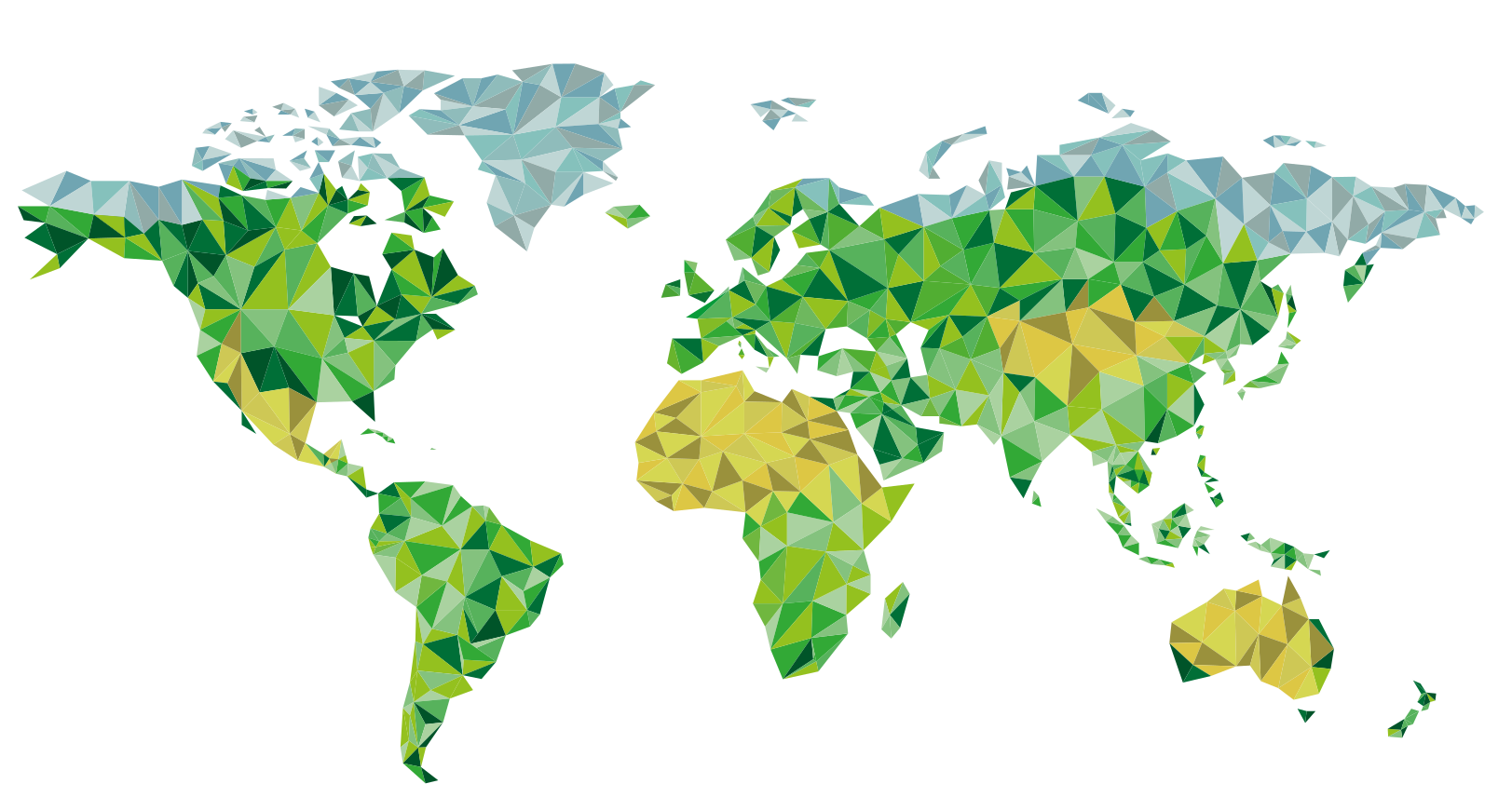
An ITS software suite that integrates 3 systems in one that are usually separated:
Eastlink is a 39km toll road operated by ConnectEast, that runs through the eastern and south-eastern suburbs of Melbourne, Australia.
It was constructed in 2008 and observes more of a million vehicle passages per day, making it one of the busiest tollway operations in the country. The original tolling system at the time relied on a high on-board units, also known as tags, to be operational to determine the identity of the vehicle for charging purposes, as well as an Optical Character Reading (OCR) engine that would determine the license plate number (LPN) for those transactions corresponding to vehicles without a tag. This resulted in a large number of images that needed to be manually reviewed and validated by operators.
Complete System Conversion for the New York State Thruway Authority
The LBJ Express and North Tarrant Express
The integrated electronic toll road for the Washington State Department of Transportation
In cities, low emission zones are being introduced to improve air quality. At a national level, meanwhile, countries and individuals are forging a path to a greener future by adopting hybrid, electric, and lower emission vehicles. This threatens to undermine the road taxes that have traditionally funded road infrastructure projects.
In both cases new, innovative approaches to charging for road use are required.
With the right tolling strategy and Kapsch TrafficCom technology solutions, authorities can deliver more value for road users than ever before. And automated tolling technologies can improve operational efficiency in ways that were previously impossible.
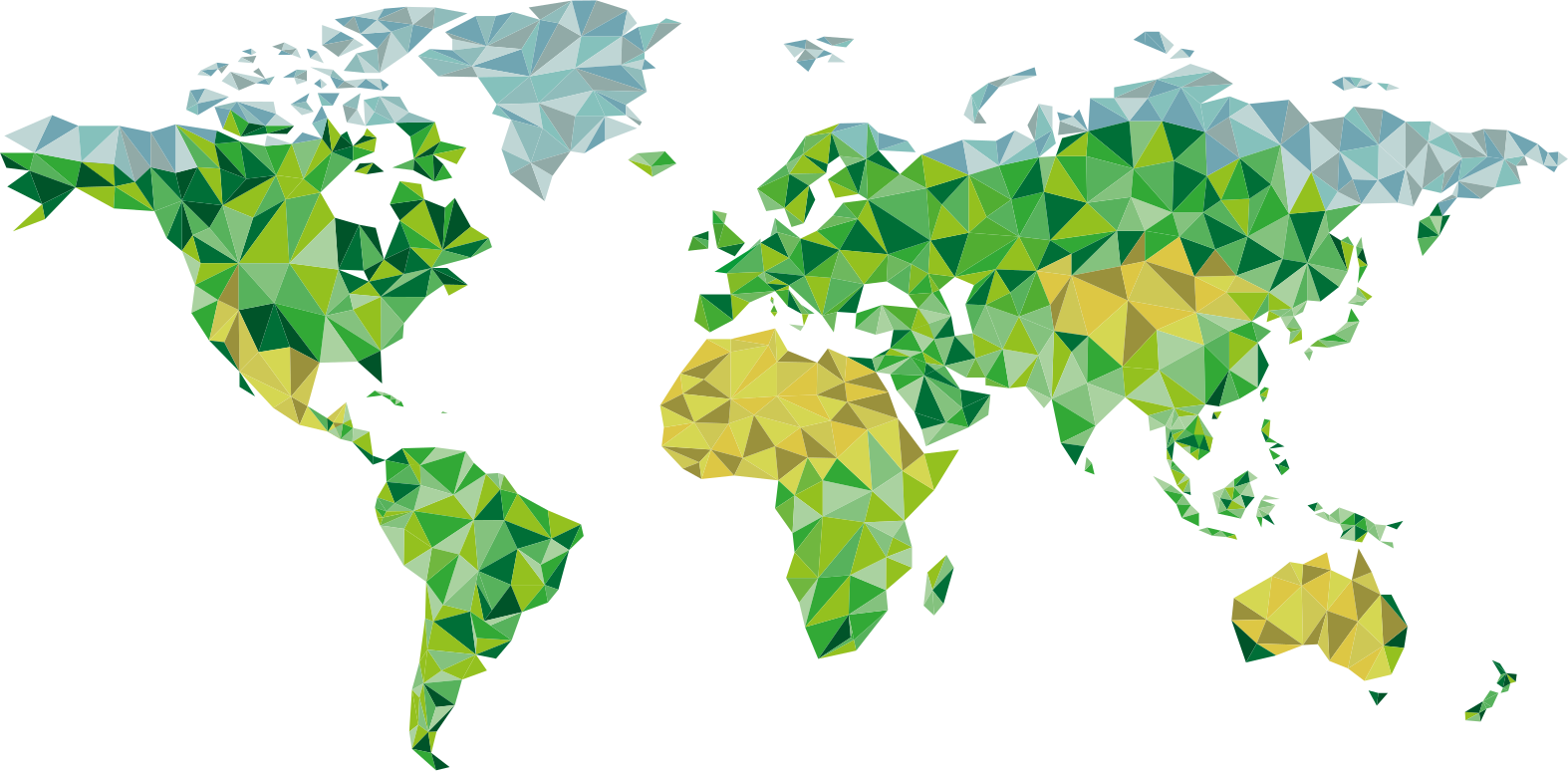
What’s more, because we provide tolling solutions in regions across the world, we can draw upon a unique breadth of road user charging experience – which directly feeds and influences our product and solution design.
Throughout the world, local standards and circumstances demand different technologies and approaches. Kapsch TrafficCom's end-to-end technology portfolio enables us to provide the most suitable solution in all cases – supporting customers at every stage of their tolling transformation journey.
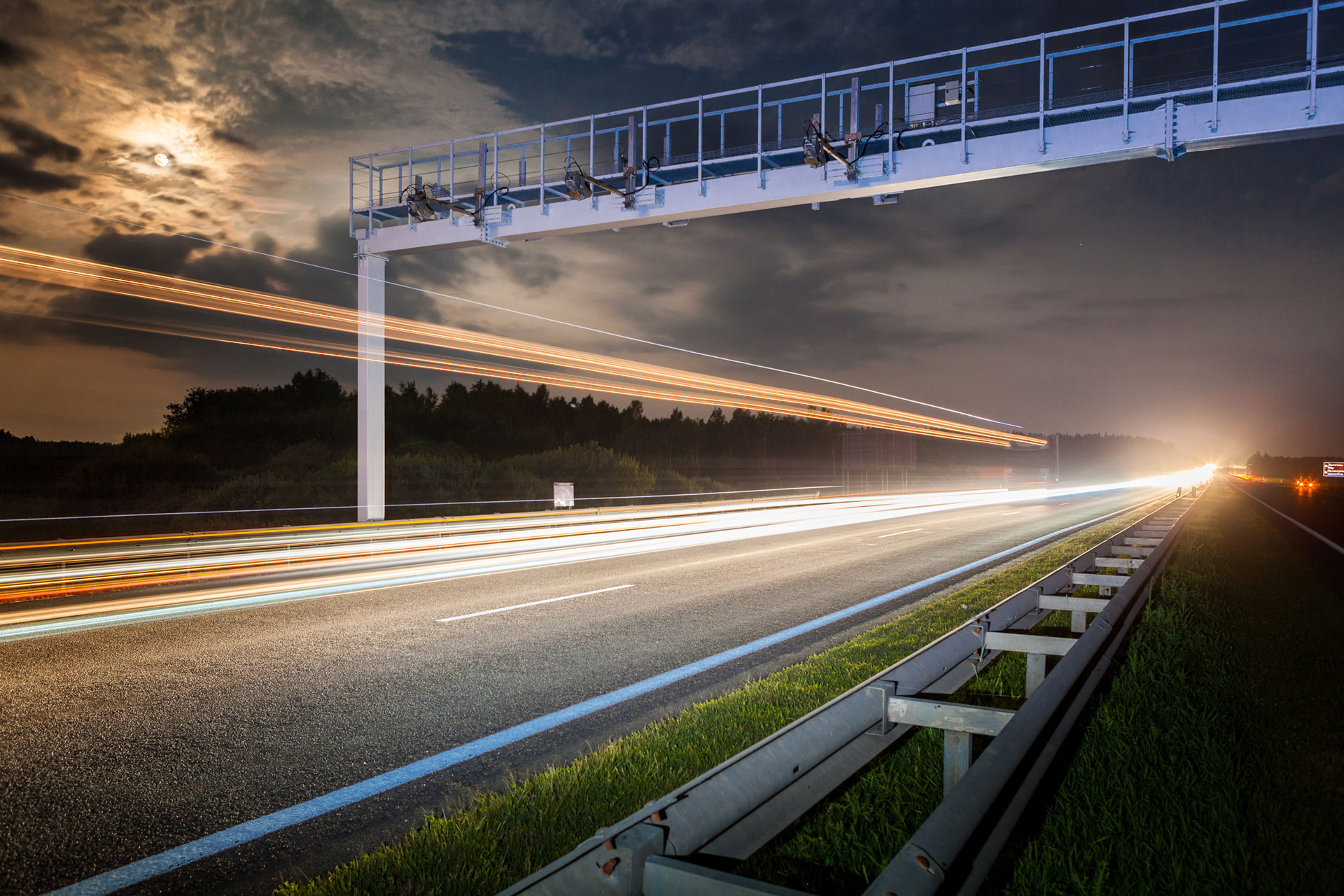
Tolling without barriers. Multi-Lane Free Flow (MLFF) solutions transform the experience of tolling for all road users and represent a paradigm shift for all those who procure and install tolling solutions.
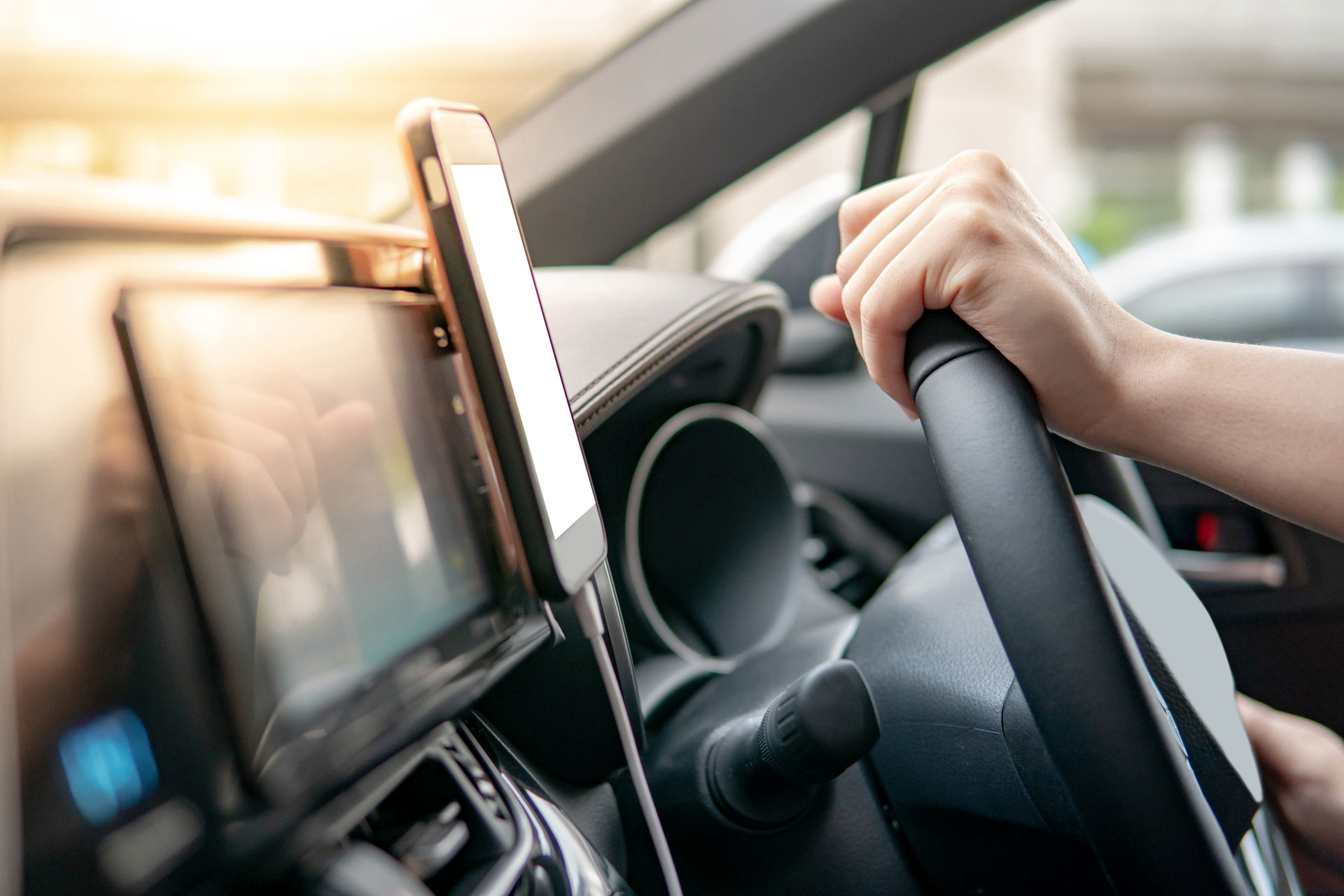
Around the world, Kapsch TrafficCom's location-based charging technologies are delivering the next-generation of tolling solutions for national, urban and inter-urban roads and highways.